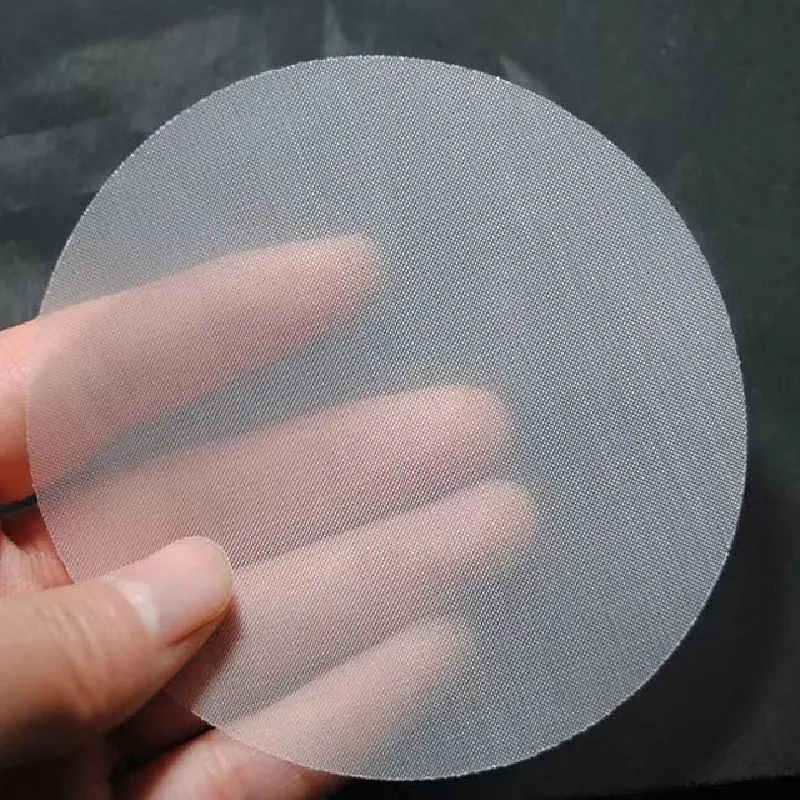-
 Afrikaans
Afrikaans -
 Albanian
Albanian -
 Amharic
Amharic -
 Arabic
Arabic -
 Armenian
Armenian -
 Azerbaijani
Azerbaijani -
 Basque
Basque -
 Belarusian
Belarusian -
 Bengali
Bengali -
 Bosnian
Bosnian -
 Bulgarian
Bulgarian -
 Catalan
Catalan -
 Cebuano
Cebuano -
 China
China -
 Corsican
Corsican -
 Croatian
Croatian -
 Czech
Czech -
 Danish
Danish -
 Dutch
Dutch -
 English
English -
 Esperanto
Esperanto -
 Estonian
Estonian -
 Finnish
Finnish -
 French
French -
 Frisian
Frisian -
 Galician
Galician -
 Georgian
Georgian -
 German
German -
 Greek
Greek -
 Gujarati
Gujarati -
 Haitian Creole
Haitian Creole -
 hausa
hausa -
 hawaiian
hawaiian -
 Hebrew
Hebrew -
 Hindi
Hindi -
 Miao
Miao -
 Hungarian
Hungarian -
 Icelandic
Icelandic -
 igbo
igbo -
 Indonesian
Indonesian -
 irish
irish -
 Italian
Italian -
 Japanese
Japanese -
 Javanese
Javanese -
 Kannada
Kannada -
 kazakh
kazakh -
 Khmer
Khmer -
 Rwandese
Rwandese -
 Korean
Korean -
 Kurdish
Kurdish -
 Kyrgyz
Kyrgyz -
 Lao
Lao -
 Latin
Latin -
 Latvian
Latvian -
 Lithuanian
Lithuanian -
 Luxembourgish
Luxembourgish -
 Macedonian
Macedonian -
 Malgashi
Malgashi -
 Malay
Malay -
 Malayalam
Malayalam -
 Maltese
Maltese -
 Maori
Maori -
 Marathi
Marathi -
 Mongolian
Mongolian -
 Myanmar
Myanmar -
 Nepali
Nepali -
 Norwegian
Norwegian -
 Norwegian
Norwegian -
 Occitan
Occitan -
 Pashto
Pashto -
 Persian
Persian -
 Polish
Polish -
 Portuguese
Portuguese -
 Punjabi
Punjabi -
 Romanian
Romanian -
 Russian
Russian -
 Samoan
Samoan -
 Scottish Gaelic
Scottish Gaelic -
 Serbian
Serbian -
 Sesotho
Sesotho -
 Shona
Shona -
 Sindhi
Sindhi -
 Sinhala
Sinhala -
 Slovak
Slovak -
 Slovenian
Slovenian -
 Somali
Somali -
 Spanish
Spanish -
 Sundanese
Sundanese -
 Swahili
Swahili -
 Swedish
Swedish -
 Tagalog
Tagalog -
 Tajik
Tajik -
 Tamil
Tamil -
 Tatar
Tatar -
 Telugu
Telugu -
 Thai
Thai -
 Turkish
Turkish -
 Turkmen
Turkmen -
 Ukrainian
Ukrainian -
 Urdu
Urdu -
 Uighur
Uighur -
 Uzbek
Uzbek -
 Vietnamese
Vietnamese -
 Welsh
Welsh -
 Bantu
Bantu -
 Yiddish
Yiddish -
 Yoruba
Yoruba -
 Zulu
Zulu
Effective Strategies for Protecting Crops with Anti-Hail Netting Solutions
The Importance of Anti-Hail Netting in Agriculture
Hailstorms pose a significant threat to agricultural productivity, causing extensive damage to crops and impacting the livelihoods of farmers worldwide. In recent years, the use of anti-hail netting has emerged as an effective strategy to mitigate these risks. This innovative solution not only provides a protective barrier against hail but also offers additional benefits that contribute to sustainable farming practices.
Anti-hail netting consists of specially designed nets that are installed over crops or orchards. These nets are made from high-density polyethylene (HDPE), which is durable and resistant to weather conditions. The primary purpose of the net is to deflect hailstones, preventing them from directly impacting the crops below. The design of the netting allows precipitation to pass through while simultaneously absorbing the energy of falling hail, thus reducing the potential for damage.
One of the most significant advantages of anti-hail netting is its ability to protect crops from severe weather events. Hailstones can range in size from small peas to golf balls, and their impact can lead to devastating losses. With the installation of anti-hail nets, farmers can significantly reduce the likelihood of crop damage, ensuring better yields and more stable income. This is particularly important for high-value crops such as grapes, cherries, and apples, which are especially vulnerable to hail.
In addition to protecting against hail, the netting provides shade during hot weather, which can help prevent sunburn and heat stress in crops. This is particularly beneficial in regions where extreme temperatures are common. By maintaining a more stable microclimate beneath the nets, farmers can improve the overall health and quality of their crops. Moreover, the netting helps to retain soil moisture, reducing irrigation needs and promoting water conservation, which is increasingly crucial in the face of climate change.
anti hail netting

Another key benefit of anti-hail netting is its ability to deter pests and birds. The physical barrier created by the nets makes it more difficult for pests to access the crops, thereby reducing the need for chemical pesticides. This not only benefits the environment but also contributes to healthier produce. Additionally, the netting can help keep birds away from fruit trees and vineyards, further safeguarding the harvest.
While the benefits of anti-hail netting are clear, it is essential to consider the costs associated with its installation and maintenance. Farmers must weigh the initial investment against the potential risks of crop loss due to severe weather. However, many studies indicate that the long-term benefits of using anti-hail nets—such as increased yields, reduced pesticide use, and lower water consumption—often outweigh these costs. Additionally, some governments and agricultural organizations offer financial assistance or subsidies to help farmers implement these protective measures.
The adoption of anti-hail netting is becoming increasingly common worldwide, particularly in regions prone to hailstorms. As climate change continues to affect weather patterns, the frequency and intensity of hail events are expected to rise. Therefore, investing in protective measures like anti-hail netting is a proactive approach to ensure agricultural sustainability.
In conclusion, anti-hail netting represents a valuable tool for farmers looking to protect their crops from the adverse effects of hailstorms. Its ability to enhance crop resilience, conserve resources, and reduce the reliance on chemical treatments makes it an essential component of modern agricultural practices. As the agricultural sector continues to confront the challenges posed by climate change and unpredictable weather, innovative solutions like anti-hail netting will play a critical role in securing the future of food production. By investing in these protective measures, farmers can safeguard their livelihoods while contributing to a more sustainable and resilient agricultural system.
-
Shipping Plastic Bags for Every NeedNewsJul.24,2025
-
Safety Netting: Your Shield in ConstructionNewsJul.24,2025
-
Plastic Mesh Netting for Everyday UseNewsJul.24,2025
-
Nylon Netting for Every UseNewsJul.24,2025
-
Mesh Breeder Box for Fish TanksNewsJul.24,2025
-
Expanded Steel Mesh Offers Durable VersatilityNewsJul.24,2025











